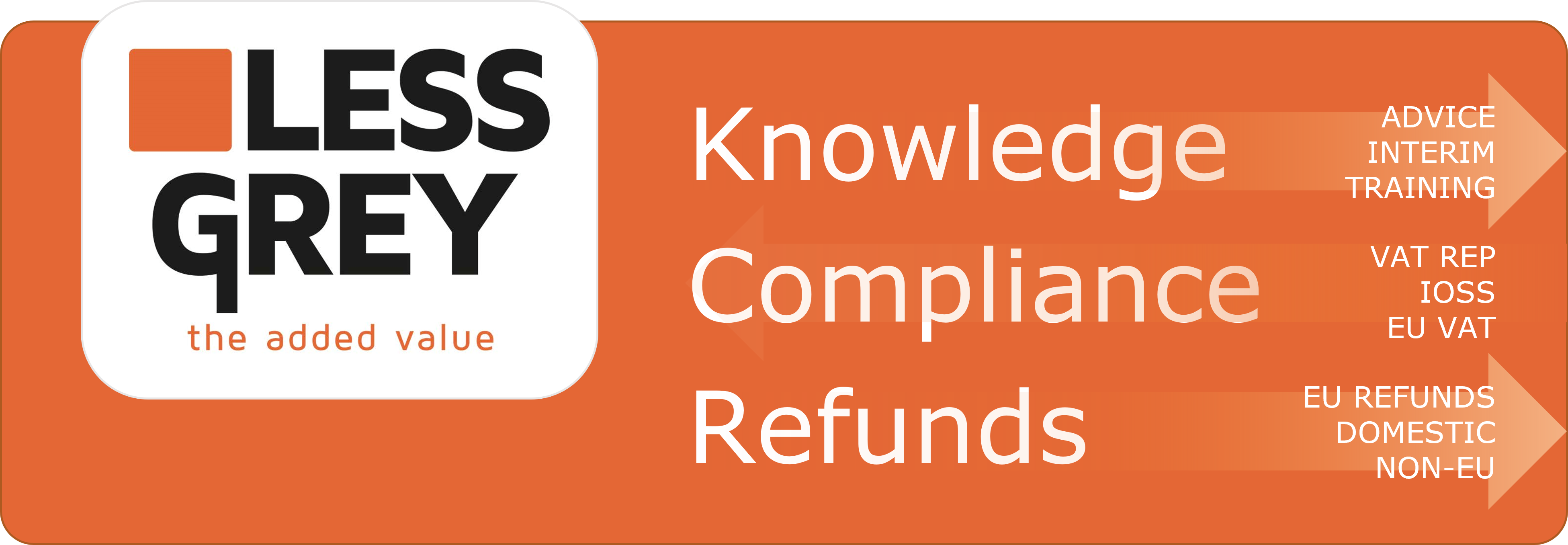State Secretary Van Rij (Taxation and Tax Administration) answers written questions about the letter to the House of Representatives of 11 March 2024 on the report ‘VAT gap in the EU, report 2023’. Members of the House of Representatives Idsinga (NSC) and Van Eijk-Nagel (VVD) asked the questions.
Summary:
- The 4.9% VAT compliance gap in nominal terms means that approximately €3.6 billion in VAT is missed annually, based on an expected VAT revenue of €73.5 billion if full compliance with laws and regulations were achieved.
- The main culprits contributing to the VAT compliance gap can include various forms of fraud, such as declaring less VAT than due, reclaiming more VAT than entitled, undeclared turnover, and carousel fraud. Tax avoidance and tax planning can also contribute to the gap by exploiting VAT rules. Administrative errors, such as incorrect application of rates and regulations, are another factor. The lack of clarity about reduced rates and exemptions adds to the complexity. Specific rates and exemptions are not mentioned in the provided information.
- The Tax and Customs Administration aims to address all causes of the VAT compliance gap. Specific follow-up actions mentioned include the implementation of the VAT in the digital age package (VIDA) to simplify compliance and improve data reporting. Other measures include improving VAT collection and simplifying procedures.
- The European Commission estimated that a quarter of the VAT gap in the European Union (EU) is due to VAT fraud. To address this, measures have been implemented, such as the creation and expansion of Eurofisc, Transaction Network analysis (TNA), and the Central Electronic System of Payment information (CESOP), as well as improved cooperation between tax administrations and tighter regulations.
- The decreases in the VAT compliance gap in countries like Italy, Cyprus, Poland, etc., can have various explanations. Factors contributing to the decrease can include support measures during the COVID-19 pandemic, changes in household consumption patterns, increased non-cash payments, and specific measures implemented by each country.
- Member States like Romania and Hungary have their own responsibility to reduce their respective VAT compliance gaps. Cooperation within the EU, through measures like Eurofisc and TNA, can support efforts to detect fraud and improve compliance.
- Countries with better compliance may contribute relatively more to the EU budget based on VAT payments. Lower compliance by a Member State may result in a smaller tax base and a lower payment to the EU budget. Other Member States collectively cover the resulting gap.
- Random checks at the Tax and Customs Administration reveal various causes other than fraud for inaccuracies in sales tax. These include conscious pushing of legal boundaries, sloppiness or laziness, ignorance/lack of knowledge, poorly organized administration, complicated/unclear regulations, personal or financial problems, arguable positions, mistakes/errors, and other unspecified causes.
- The letter does not specifically mention audits, but they are likely part of the activities for retrospective supervision. The current VAT control density for small and medium-sized enterprises and large enterprises is not provided in the provided information, and the results of such controls are not mentioned.
- The commitment to e-invoicing and data management, both at the EU and national levels, is reflected in the VIDA package. The BNC fact sheet and subsequent letters provide more detailed information on these issues.
- The commitment to the VAT gap will be discussed at the Ecofin meeting in May 2024. The aim is to reach an agreement on the VIDA package, which is expected to increase compliance and reduce errors. Sufficient implementation time will be considered for entrepreneurs and the Tax and Customs Administration.
- The VAT policy gap does not take into account the zero VAT rate for cross-border transactions. Therefore, it would not be affected if this rate were not applied. The zero rate for cross-border transactions is a technical exemption with deduction of input tax and does not impact the determination of the VAT policy gap.
Source Rijksoverheid.nl















